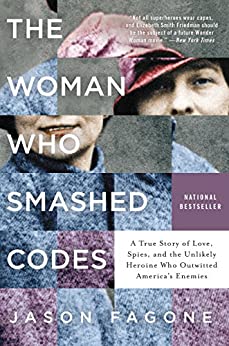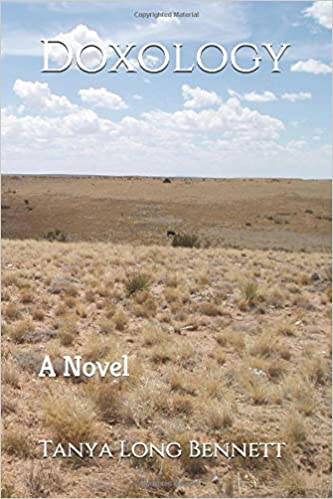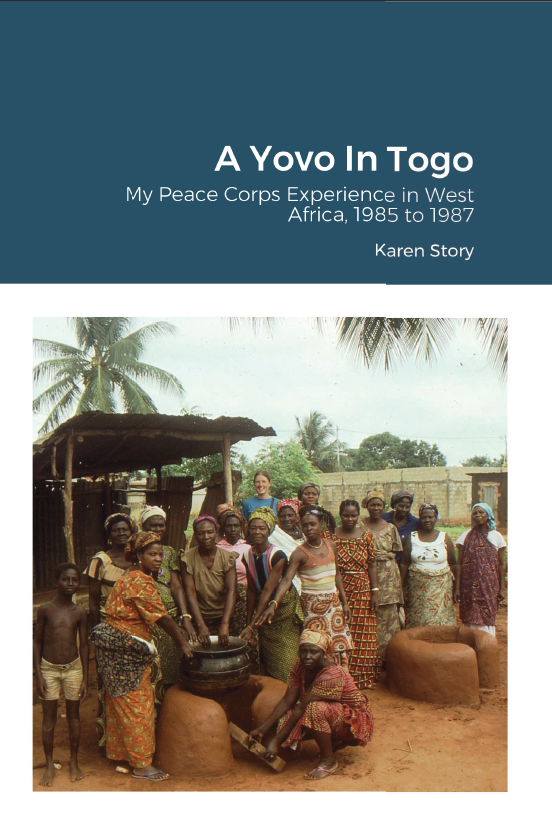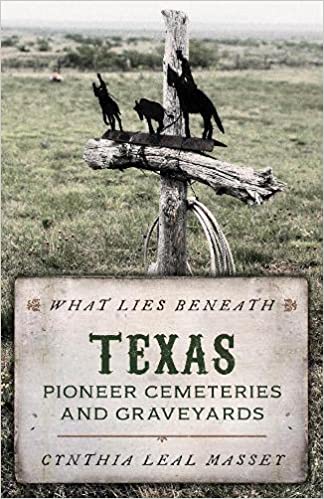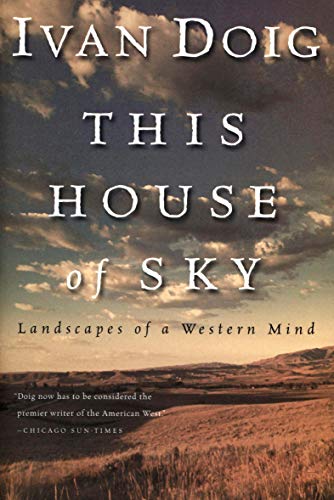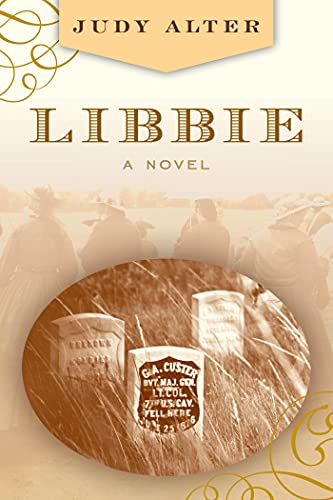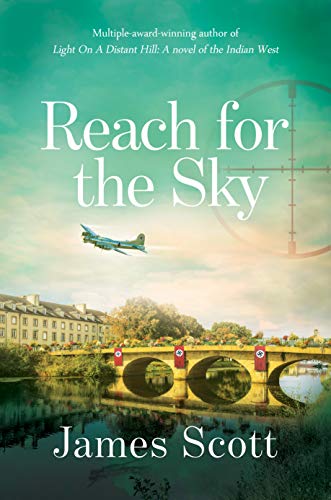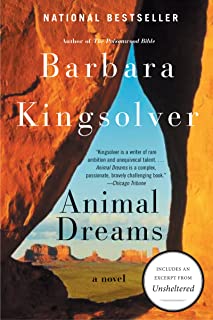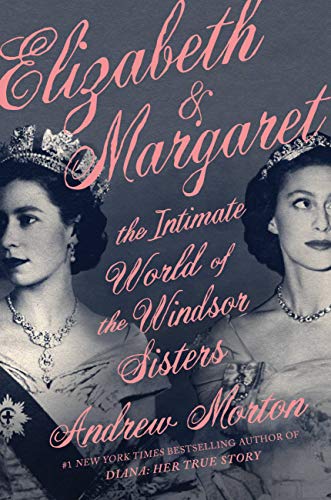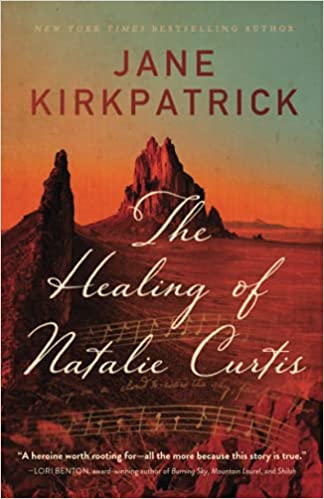
The Healing of Natalie Curtis, a historical novel by Jane Kirkpatrick, is a richly woven novel based on a true-life activist and ethno-musicologist. The story takes place in the early 1900s.
Born and raised in New York, Natalie Curtis was a classically trained pianist and singer, a child protégé. At an early age she performed brilliantly until one particular concert, a performance that went awry. From that time on, she fought sickness and depression. Her brother George, thirty, invites Natalie, now twenty-six, to join him in the west, thinking it will be good for both her physical and mental health.
A new world opens for Natalie when she happens to hear the haunting music and witness the dancing of Native Americans. With her skill and background in music, she is able to record their music—both in the form of notes on paper, and also with the “new” Edison cylinder recorder. When Natalie learns that the US Government’s Code of Offenses bans all Indian dancing, singing and even speaking in their own languages, she is determined to capture as much of their musical culture as she can. In the meantime, Natalie appeals to President Teddy Roosevelt to repeal the unjust laws. With her brother, and sometimes alone, she travels the West and Southwest to hear the many different tribes’ music and stories. Her goal is to write a book so that native music and culture will never be lost. She will name her work The Indians’ Book.
I have read, enjoyed and reviewed many books by Jane Kirkpatrick. The Healing of Natalie Curtis is high on my list of favorites. I’m always able to take away something of worth from her stories. Jane Kirkpatrick writes historical fiction, bringing to life real women, women we might not otherwise have heard about, but whose stories need to be told. Natalie Curtis was a remarkable woman and one I hadn’t known about until I read Kirkpatrick’s excellent historical novel.


